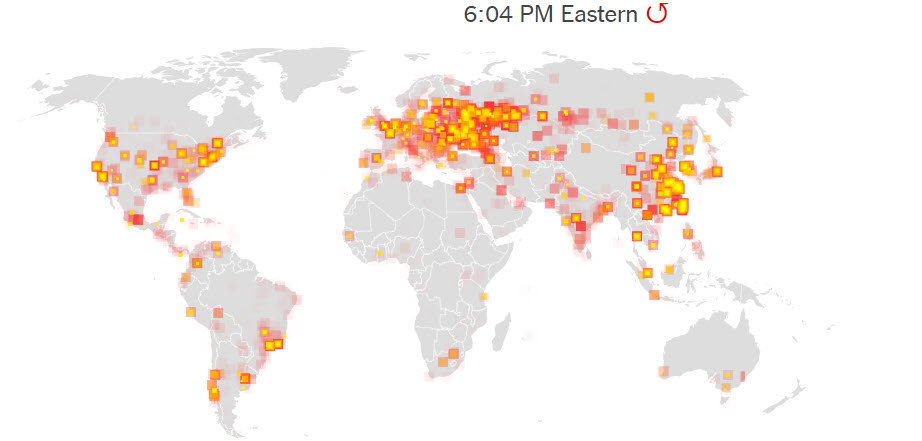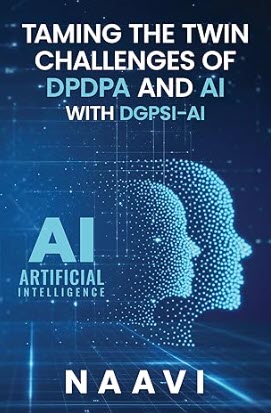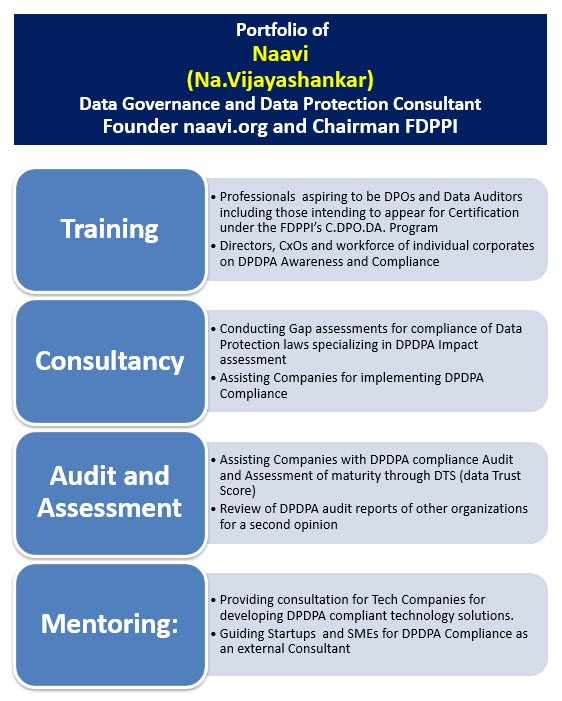[P.S: Though the Karnan episode is not a Cyber Law related issue, in the interest of fighting for the supremacy of the Supreme Court, it has become necessary to express our opinion in the matter since there is a lobby out there to support his actions which we consider as not conducive to national interests. Please ignore these discussions if you belong to Karnan camp. Let us honourably agree to disagree…. Naavi]
According to the statement attributed to the “Legal Aide” of Justice Karnan, Mr Karnan may be in Nepal or Bangladesh. This was a report put out by Hindustan Times on 11th May 2017. But on the same day another lawyer was able to meet him in Chennai and Mr Karnan was able to give an “Affidavit” sworn before a “Notary” to file a review petition in Supreme Court to withdraw the earlier arrest order issued. How?..Who is lying?.. is a question in my mind and probably in the minds of many.
Now we are aware that the review petition has not been accepted on an urgent basis by the Supreme Court and may have to wait the end of the Court vacation to be taken up for consideration.
It is not clear on what grounds the Supreme Court would agree to hear the petition on behalf of a fugitive who refuses to surrender before the Court and plead his case. In the past, Courts have told such fugitives applying for anticipatory bail to first surrender and then only the Court will admit the petition. A similar approach needs to be applied to Mr Karnan Case unless he is considered as “Not a Common Man but a VIP” for whatever reason.
If the Court departs from this procedure, it will provide an excuse for other convicts and accused to keep themselves underground unless the Court relents and accepts their demand. This will create a bad precedent that the Court should avoid.
The question which media including Mr Arnab Goswami and others are not asking but the “Nation wants to Know” are
- How is that the lawyer and the notary can meet Mr Karnan on the same day in Chennai when another legal aide (Ramesh Kumar, an advocate of Chennai) says he is in Nepal or Bangladesh?
- Is it a false statement made out to mislead the media and the Supreme Court?
- Is he being sheltered in some secret location by some people or organizations who also donot recognize the authority of the Indian Supreme Court?
- What does the legal aide mean when he says that he wants President of India to take up Karnan’s case in International Court of Justice with a plea like in the case of Kulbhushan Jhadav?…..
- Does Mr Ramesh Kumar mean that Mr Karnan is not getting justice from the Indian Supreme Court just as Kulbhushan did not get the justice from the Pakistan Military Court and wants the International Court of Justice to intervene?
- Is Mr Ramesh Kumar equating the Indian Supreme Court with a 7 member bench to be same as the Pakistani Military Court which is completely opaque about its procedures?
- Is Mr Ramesh Kumar aware of the damage he is causing to the Indian democratic system by such irresponsible statements?
- Why is that the Police in Kolkata allow Mr Karnan to travel to Chennai?
- Were they too embarassed to arrest the former judge?
- Did they also not want to cooperate with the Supreme Court?
- Why is Police in Chennai are unable to locate him?
- Are our police so incompetent?
- Are they also trying to prove that if Police donot cooperate, Supreme Court is powerless?
It appears that we are seeing a power game going on in which different actors are showing off their mutual powers and taking sides. It is unfortunate that the casualty in this process is the reputation of India as a democratic country and the Indian Judiciary as an effective pillar of our democracy.
It is interesting to note that Police are normally very efficient in tracking down fugitive criminals in most challenging circumstances. Hence tracking Mr Karnan is child’s play for the Police. if therefore Police are saying that they have not been able to locate him, it is only an indication that they are playing their part in the drama directed by Mr Karnan.
The point of suspicion naturally falls on the TN Government since Police only follow the diktats of their political bosses and as a rule, the efficiency of the Police in any State is directly proportional to the wishes of the Home/Chief Minister.
I am aware that TN Police are very efficient and by this time they would definitely know the whereabouts of Mr Karnan. They may be waiting for directions from their Political bosses to take their next step.
We also know that Mr Karnan was once an AIADMK member and also a Poll Agent for AIADMK. It is now difficult to know whether his leanings are to the EPS camp or the OPS camp. But he would definitely have his political connections in Tamil Nadu which will go upto Mr EPS.
In this context it is interesting to note that there is a rumour floating around that the current EPS faction of AIADMK is trying to align itself with BJP. This may appear to be good for BJP for the Presidential elections but will in the long run be morally unsustainable.
The fact that Mr Karnan has contacted Mr Modi with his complaint against corruption of 20 judges indicate that he hopes to get his support. In the normal course he could have contacted either the CJI or the Speaker of the Loksabha requesting for impeachment proceedings against the accused judges. He could also have lodged a formal complaint with the CBI like what Mr Kapil Mishra did against Arvind Kejriwal.
Mr Karnan did not do any sensible things which a prudent whistleblower does but his supporters still consider him as a whistleblower against corruption. He has not given any evidence and just shot out a letter which is now in public domain raising complaints against a group of 20 judges.
I however doubt very much that the PM will fall prey to the bait. Now the legal aide is trying to draw the President into the picture. Knowing the maturity of Mr Pranab Kumar Mukherjee, he is too seasoned to accept the bait himself.
Hence neither the PM nor the President is likely to come to Mr Karnan’s help and now that the Supreme Court has rejected an urgent hearing of the review petition, Police are left to decide how long they will wait to arrest Mr Karnan before the public starts questioning their integrity. It is possible that they may simply sit tight until they are forced to act.
It is therefore left to the media to take up the cudgels and expose the hypocrisy of the players.
When a complaint of corruption like what Karnan has made is against a single Judge, it becomes a case of defamation. But when it is made collectively on 20 judges followed by bizarre orders of arrest etc against 7 other Supreme Court judges including the CJI, it is no longer a defamation of the individual judges but a collective defamation and destabilization of the Indian judiciary.
Hence the Supreme Court was left with no option but to immediately immobilize him with an arrest order though the Police are not cooperating in execution of this order. Even if the Supreme Court had suo-moto considered the collective action as a conspiracy to destabilize Indian democracy, there would have been justification. The Court has been lenient because Mr Karnan has been part of the judicial family and is not an Aam Admi.
At this point, I would like to state that if Mr Karnan’s allegations of corruption are true, there should be measures to address it. Naavi.org supports transparency in Judge’s selection as well as video streaming of Court proceedings to public or a section of the public acting as a “Watch dog” for which norms can be devised. But Naavi.org does not support the undermining of the Supreme Court’s authority the way Mr Karnan and his supporters are doing.
But first things first. We need to preserve the reputation of the Judiciary before we expect the same judiciary to take action against the accused.
To be honest, I think Mr Karnan’s attempt is an act that destabilizes the Country’s democracy. Today there is a news that Karnan’s supporters in India are mobilizing support of international associations of Ambedkarites as if this is a “Dalit Vs Non Dalit issue” as Mr Karnan wants to make it out to be.
It is for the same reason that I strongly oppose his move as similar to what Mr V.P.Singh did in the past with the Mandal politics. Now Karnan may cause a national and international divide of Indian citizens on the caste lines and destroy the fabric of harmony of India. We also take note that Mr Karnan has not stopped at his Dalit Card and in the past invoked Hindu Vs Muslim and Christians to further his cause. He can therefore be expected to use all divisive strategies so that his post retirement political career is built up. In the end India is going to be made “Tukde”.. “Tukde”…
I want all right thinking persons to join me in protesting against Mr Karnan and his friends who are trying to project him as a hero. Donot let the cancer of caste divide to spread. Soon Modi baiters like Arvind Kejriwal and Rahul Gandhi along with the communist leaders like Raja, and TMC leaders like Mamata Bannerjee will join the bandwagon of supporters of Mr Karnan and just like the EVM, he will be a rallying point for the opposition to grind their axes.
If by any chance, Tamil Nadu BJP gets involved and Mr Modi is even remotely identified as sympathizing with the cause of Mr Karnan, this will become an explosive political issue. I request Mr Modi to take care that he remains as far away from the controversy as possible and also request Mr Amit Shah to ensure that BJP also keeps itself far away from the controversy. This is a lose-lose situation and both sides who involve in the controversy will be losers in the end.
It is possible that Naavi.org will also face the wrath of atleast the trolls on the internet and social media but when even Arnab Goswami remains tight lipped there is need for some body to step in unmindful of the risks and embarrassment.
We believe that What the nation deserves to gain is much more than what we may lose in the process of expressing our opposition to Mr Karnan’s antics.
The silent majority which allows the vocal minority to create a wrong public perception needs to wake up and support this cause. We welcome your support with comments.
Naavi
Also Read:
Justice Karnan maybe in Nepal or Bangladesh, we want President to appeal to ICJ: Legal aide








